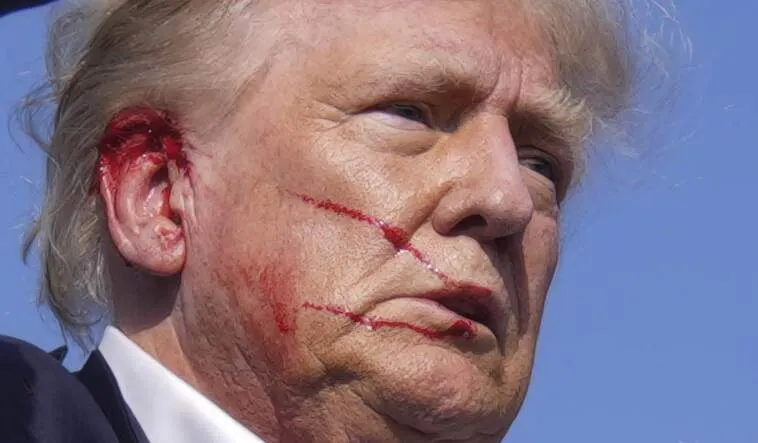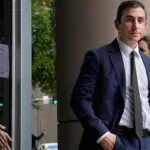(Townhall) Following the latest attempt on former President Donald Trump’s life, Sen. Josh Hawley (R-MO)’s office has released a 22-page whistleblower report detailing the failures of the U.S. Secret Service in connection with the first attempted assassination of the 2024 Republican presidential nominee.
The bombshell report reveals damning insider information regarding the security failures surrounding the July 13 Trump assassination attempt in Butler, Pennsylvania. Hawley’s findings, according to the report, are “highly damaging to the credibility of the Secret Service and the U.S. Department of Homeland Security.” They also “reveal a compounding pattern of negligence, sloppiness, and gross incompetence that goes back years, all of which culminated in an assassination attempt that came inches from succeeding.”
🚨🚨 NEW – Following the latest assassination attempt on @realDonaldTrump, I’m releasing a comprehensive Whistleblower Report on the multiple failures of Secret Service & DHS – including new allegations & numerous unanswered questions due to USSS stonewalling pic.twitter.com/Rxcim9N05U
— Josh Hawley (@HawleyMO) September 16, 2024
Here are the highlights from Hawley’s report, including new whistleblower allegations that have not yet been reported:
- The lead agent responsible for Trump’s Butler visit, including the campaign rally, “failed a key examination” during federal law enforcement training to become a Secret Service agent.
- Secret Service intelligence unit, which are teams of Secret Service agents paired with state and local law enforcement personnel to handle reports of suspicious persons, were absent from the Butler rally.
- The hospital site where Trump received treatment after the shooting was “poorly secured,” and the agent on-site “could not answer basic questions about site security.”
- A majority of DHS agents working the rally were unfamiliar with standard security protocols used at campaign events.
- The only training received by many of the DHS agents reassigned to work security details was a single two-hour webinar on Microsoft Teams featuring pre-recorded videos.
- These institutional videos were “not substantive” and their playback was “frequently riddled with technical mishaps,” leaving the agents “ill-prepared” for the protective mission.
- Since the July 13 assassination attempt, the Secret Service has not changed, updated, or otherwise improved its webinar training.
- Law enforcement was supposed to be stationed on the rooftop where Thomas Matthew Crooks shot Trump; however, the post was abandoned because “it was too hot.”
- Secret Service denied multiple offers from a local law enforcement partner to deploy drone technology to help secure the rally despite the fact that Crooks used a drone to survey the site hours before Trump took the stage in preparation for his attack.
- The Secret Service’s Counter Surveillance Division (CSD), which performs threat assessment of sites prior to an event’s occurrence, did not perform its typical evaluation of the Butler fairgrounds nor was present on the day of the rally. If the CSD had been there, the gunman would have been handcuffed in the parking lot upon being spotted with a rangefinder.
- The Secret Service’s lead site agent responsible for mitigating line-of-sight concerns at the Butler rally was “known to lack competence and experience in the role.”
- This lead site agent “personally made decisions that likely compromised the overall security of the event.”
- For example, campaign material such as flags were permitted to be placed around the stage and catwalk used by Trump, though these items were usually prohibited because of how they affected the line-of-sight of agents tasked with identifying threats.
- Contrary to typical practice, the Secret Service also did not check IDs when issuing credentials that authorize access to the site’s restricted areas.
- Secret Service officials “preemptively informed the Pittsburgh field office that the Butler rally was not going to receive additional security resources because Trump is a former president” and “not the incumbent President or Vice President.”






